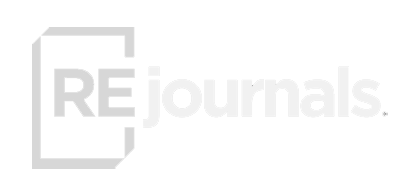$1,503 1Q 2024
-1.7%
91.6% 1Q 2024
-120 BASIS POINTS
6.6% (FEB 2024)
1.9% (FEB 2024)
* Please note that these employment figures have been adjusted for seasonal variations and are based on Moody’s Analytics forecast as of January 1, 2024.
** Please note that these unemployment rates are estimates that have not been adjusted for seasonal variations, and they are derived from Moody’s Analytics forecast as of January 1, 2024.
QUARTERLY DEMAND
QUARTERLY COMPLETIONS
Demand in the Dallas-Fort Worth multifamily market is rebounding as it enters the historically strong spring leasing season. In the first quarter of 2024, renters absorbed 4,983 units, roughly matching pre-pandemic demand patterns for the same period. Despite this rebound, a persistent supply-demand imbalance continues to limit operators’ ability to increase rents. Demand has risen across all rental classes, with dynamic growth concentrated in suburban submarkets. Areas like Frisco/Prosper, Allen/McKinney, and North Fort Worth have driven much of this growth, collectively accounting for a third of the market’s demand over the past year. These submarkets have played a crucial role in stabilizing the overall market.
While many comparable markets are experiencing supply-side pressures, Dallas-Fort Worth remains relatively insulated. Permitting activity and construction starts are tapering off; after peaking at over 30,000 units, tapering off to 24,000 units last year, according to the latest Census Bureau data. With construction levels declining and demand stabilizing, vacancies and rent growth in Dallas-Fort Worth are expected to recover more quickly than in peer markets in the southeast. Currently, there are 53,000 units under construction in Dallas-Fort Worth, accounting for 5.8% of the existing inventory. Construction activity is particularly concentrated in the northern suburban areas, following the demographic and economic growth trends of the metroplex.
Occupancy levels in the Dallas/Fort Worth (DFW) metro area have been impacted by a recent surge in housing supply, leading to a 120-point year-over-year decline and a minor 10-point drop over the quarter, resulting in an average market occupancy rate of 91.6%. Occupancy rates across the Metroplex’s submarkets showed significant variation, ranging from a low of 85.7% in East Fort Worth to a high of 94.6% in Grapevine. Notably, Grapevine and Uptown/Park Cities were the only two submarkets to record positive annual improvements in occupancy levels, increasing by 10 points and 30 points, respectively. In terms of property segments, there has been a resurgence of demand in the mid-tier, Class B segment, with renters showing increased activity in the first quarter. Despite this uptick, the occupancy rate for mid-tier properties remains relatively high at around 89%.
Average Monthly Mortgage Payment
In the Dallas/Fort Worth metro, rent rates have slightly decreased by 0.3% on a quarterly basis, with a year-over-year drop of 1.7%, setting the average rent at $1,503. This decline is primarily due to a record number of completions in 2023. However, rents are expected to rebound into positive territory by the end of the year, with a projected fourth quarter year-over-year rent change of 0.8%, as the supply from new developments begins to stabilize. Among the forty-one submarkets, only nine experienced annual increases in rental rates. This disparity is evident as year-over-year increases reached as high as 5.4% in the Northeast Outlying submarket, while the West Dallas submarket saw a 3.1% decline. The variation in rent growth performances is notably stratified by property class, with high-end, Class A properties experiencing the most pronounced declines in average rents, reflecting their greater sensitivity to the pricing pressures from new competition.
Average Monthly Rent
Transaction activity in the Dallas-Fort Worth area has slowed, with the total sales volume dropping to $5.4 billion over the last 12 months from $7.8 billion during the corresponding period in 2023. Diminished rent growth has affected investor returns, making it difficult to counterbalance the effects of increasing interest rates with high performance gains. Currently, the market is experiencing adjustments in pricing driven by divergent expectations between buyers and sellers, exacerbated by rising capital costs, reduced demand over the past year, and excessive supply in specific sectors of the Metroplex. In the most recent quarter, deal volume for single asset traded conventional multifamily totaled $680 million, closely matching the figure from the same period last year. Individual deal activity remained stable, with 24 assets traded from January through March 2024, compared to 23 in the previous year. This suggests that while market activity has cooled over a longer period, it has potentially reached a stabilization point and could begin to rise as the gap between bid and ask prices narrows.
*Most Active Buyers and Sellers are based on the sale volume of apartment units.
* Trailing 4Q average PPU
* Preliminary Data from RCA – Individual transaction $2.5M +
Please note that the income and expense data presented in this section is sourced from third-party providers. Our firm does not provide any warranty or guarantee as to the accuracy or reliability of this information. We recommend that users exercise their own discretion and professional judgment when interpreting and utilizing this data.
| Income Assumptions | Value / Unit | Year Change (%) |
|---|---|---|
| Occupancy (%) | 92.30% | -1.6% |
| Rental Income / Occupied Unit | $1,466.79 | 6.1% |
| Recoverable Expenses / Occupied Unit | $84.16 | 9.2% |
| Other Income / Occupied Unit | $91.70 | 1.9% |
| Total Income / Occupied Unit | $1,642.64 | 6.0% |
| Rental Income | $1,351.29 | 4.4% |
| Recoverable Expenses | $77.51 | 7.4% |
| Other Income | $84.46 | 0.2% |
| Total Income | $1,513.26 | 4.3% |
| Operating Expenses | Value / Unit | Year Change (%) |
|---|---|---|
| Payroll | $136.38 | 6.4% |
| Repairs & Maintenance | $45.55 | 8.2% |
| Leasing | $51.05 | 5.0% |
| General | $39.78 | 6.1% |
| Marketing & Advertising | $20.39 | 11.5% |
| Repairs & Maintenance | $102.39 | 8.5% |
| Cleaning | $16.86 | 6.5% |
| Roads & Grounds | $17.11 | 6.6% |
| General | $68.43 | 9.4% |
| Administrative | $42.16 | 7.9% |
| Security | $6.31 | 17.2% |
| General | $35.85 | 6.4% |
| Management Fees | $46.02 | 4.4% |
| Utilities | $98.66 | 5.0% |
| Electric | $17.89 | 7.4% |
| Gas | $3.12 | -27.4% |
| Water/Sewer | $77.65 | 6.4% |
| Real Estate & Other Taxes | $277.77 | 2.6% |
| Insurance | $60.32 | 28.4% |
| Other Operating Expensees | $3.44 | |
| Total Operating Expense | $787.53 | 6.6% |
| Value / Unit | Year Change (%) | |
| Net Operating Income | $725.74 | 1.9% |
|---|
Dallas-Fort Worth (DFW) remains one of the most dynamic multifamily markets in the U.S., fueled by strong apartment demand. By the end of the year, expected increases in demand and a slowdown in construction are projected to stabilize occupancy rates and initiate positive rent growth. By 2025, rental performance in DFW is anticipated to revert to the historical levels seen in the pre-pandemic era. This outlook is particularly notable given broader concerns about U.S. economic growth, highlighting DFW’s resilience and capacity to outperform. The region has seen a recent 5.7% increase in GDP, ranking it third highest nationally. Significant developments are underway, especially in the financial sector, with major new regional campuses being developed by Goldman Sachs and Wells Fargo, and the relocation of Charles Schwab’s headquarters to Tarrant County, further cementing DFW’s status as a major business hub. With its competitive costs, strategic location, and continuous population growth, DFW remains a prime area for sustained residential and commercial demand.









